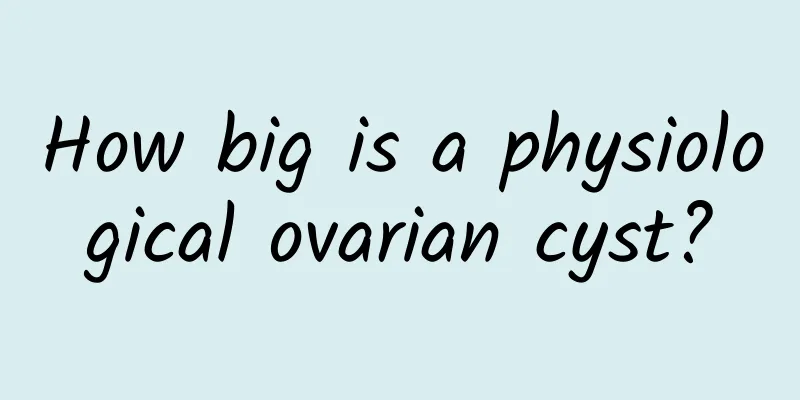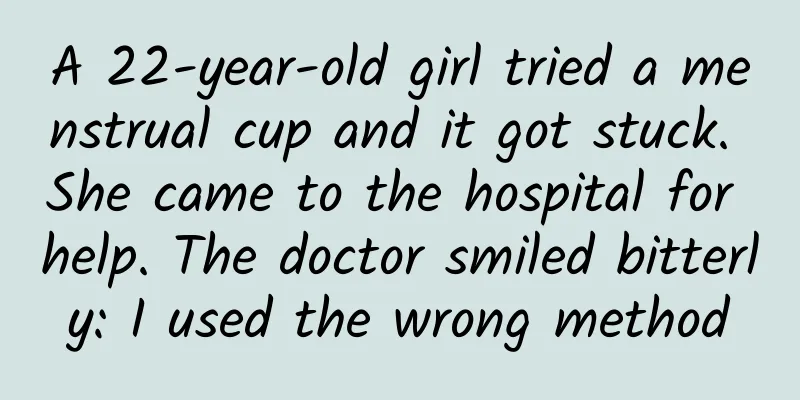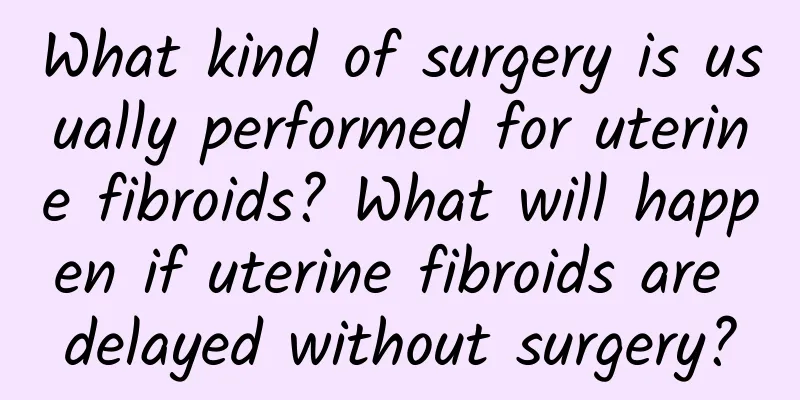How long does it take for the embryo to stop developing? What should you pay attention to when the embryo stops developing?

|
If a pregnant woman has had multiple miscarriages or has hormonal disorders or chromosomal abnormalities in the fetus, many factors may cause the fetus to stop developing. Once the fetus stops developing, the patient and her family should always pay attention to the patient's physical condition. If the dead fetus cannot be expelled in time, she should go to a regular medical institution for comprehensive diagnosis and treatment as soon as possible to avoid causing a variety of serious sequelae. So how long will it take for the embryo to stop developing before miscarriage? How long does it take for the embryo to stop developing before miscarriage If the trophoblast cells in the uterine cavity have completely died after the embryo stops developing, then spontaneous abortion may occur. However, if spontaneous abortion has not occurred after a week after the embryo stops developing, you should immediately go to a regular professional hospital for diagnosis and treatment to avoid heavy bleeding and a series of serious gynecological diseases. What should I pay attention to when the embryo stops developing? Once the fetus in the abdomen stops developing, the series of pregnancy reactions that the mother had before will gradually disappear. First, various early pregnancy reactions such as nausea and vomiting will suddenly disappear, followed by the feeling of breast swelling and pain. Soon after, vaginal bleeding will occur, and the color of the blood is usually dark red. Some patients will eventually experience symptoms of lower abdominal pain, and then successfully expel the embryo. After the embryo stops developing in the abdomen, there is indeed a possibility of spontaneous abortion. The death state of trophoblast cells is the main factor that determines spontaneous abortion. After the fetus stops developing in the abdomen, it does not mean that the trophoblast cells near the embryo have died. After the embryo stops developing, the death state of trophoblast cells varies from person to person. Only after the trophoblast cells of patients with embryonic arrest are completely apoptotic can spontaneous abortion occur. In other words, after embryonic arrest, the fetus may be naturally expelled from the patient's body at any time, but it may also be retained in the uterus for a long time. Most patients with embryonic arrest will not have a spontaneous miscarriage on their own. Therefore, once embryonic arrest is confirmed, it is recommended that the patient observe for a week. If there is no miscarriage after a week, go to the hospital for treatment as soon as possible. The above is the explanation of how long it takes for a miscarriage to occur after the embryo stops developing. After the embryo stops developing, necrosis of the embryo will cause a large amount of bacterial toxins to grow in the uterus, leading to serious consequences such as uterine infection or coagulation dysfunction causing heavy bleeding. Therefore, if there is no spontaneous abortion one week after the embryo stops developing, a uterine curettage surgery must be performed as soon as possible. |
Recommend
How to tell if you are about to go into menopause? Three signs of going into menopause
Women will experience menopause when they are ove...
How to take abortion pills?
When taking abortion pills, you must fast for two...
How to prevent threatened abortion through lifestyle changes
Many female friends will encounter many problems,...
Cervical hypertrophy is a type of chronic cervicitis
Everyone must want to know what are the causes of...
Watching action movies can easily make you fat. Nutritionists use two tricks to solve the problem.
Do you like watching movies? A few days ago, neti...
With the examination of cervical hypertrophy, the patient's condition can be discovered in time
At present, with the increasing number of patient...
The best treatment for vulvar leukoplakia
There are three main treatment methods for vulvar...
Uterine fibroids may be caused by sexual dysfunction
Uterine fibroids may be caused by sexual dysfunct...
What are the symptoms of uterine fibroids?
What are the symptoms of uterine fibroids? Uterin...
What should I do if I have endometrial tuberculosis?
Many friends do not pay attention in their daily ...
Joanne Tseng’s 6 dietary principles! Adhere to intermittent fasting + professional fitness coach to maintain a confident and perfect body
"I don't lose weight. Talking about losi...
How much taller can you grow during menstruation? Things to pay attention to during menstruation
A previous survey showed that the development of ...
Introducing methods for treating cervical hypertrophy
Cervical hypertrophy is an inflammatory change ca...
Characteristics of functional uterine bleeding in women at different stages
Dysfunctional uterine bleeding is caused by dysfu...
What happened to the palace?
Uterine prolapse may sound strange, but it is act...









